An outstanding pharmacist
Overview
Chinese Name: 李时珍
English Name: Li Shizhen
Other Names: Li Dongbi 李东璧, Li Sanqi 李三七
Born: July 3, 1518
Died: 1593
Achievements:
Compile Compendium of Materia Medica 编写《本草纲目》
Be praised as the medicine saint for later generations 为后世誉为药圣
Main Works:
compendium of materia medica 本草纲目
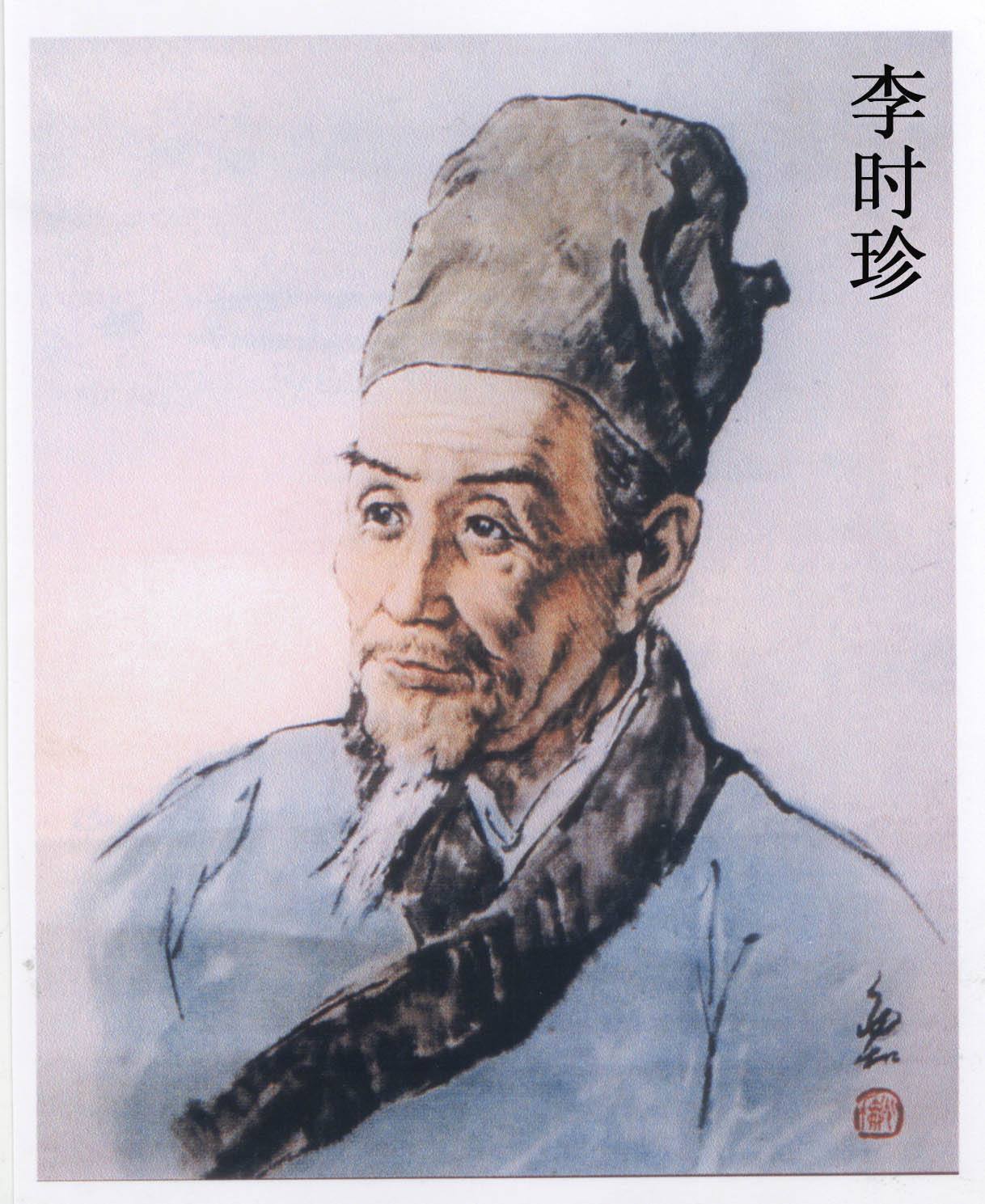
Brief Biography of Li Shizhen
Li Shizhen was a famous medical scientist in the Ming Dynasty 明朝. He is as famous as the “medical sage” Wan Mizhai 万密斋. In ancient times, it was said that “the prescription of Wan Mizhai, the medicine of Li Shizhen”.
Li Shizhen (from July 3, 1518 to 1593), who was named Dongbi 东璧 in his later years, was a person from Qizhou 蕲州, Hubei Province 湖北省 (Qizhou Town 蕲州镇, Qichun County 蕲春县, Hubei Province today). Later, he was sentenced by the Imperial Ancestral Hall and Imperial College Hospital of the Chu Palace. After his death, the Ming court granted him the title of “Wenlin Lang 文林郎”.
Since the 44th year of Jiajing 嘉靖 (1565), Li Shizhen has successively collected drug specimens and prescriptions in Wudang Mountain 武当山, Lushan Mountain 庐山, Maoshan Mountain 茅山, Niushou Mountain 牛首山, Huguang 湖广, Nanzhili 南直隶, Henan 河南, Beizhili 北直隶, and other places, and has taken fishermen, woodcutters, farmers, rickshaw drivers, drug workers, snake hunters as teachers.
He has referred to 925 kinds of books on medicine in the past dynasties. “Archaeology proves the present and studies physics”. He recorded tens of thousands of words of notes, found out many difficult problems, and went through 27 cold and summer seasons. In the 18th year of the Wanli 万历 era of the Ming Dynasty (1590), he completed the 1920000 word masterpiece Compendium of Materia Medica.
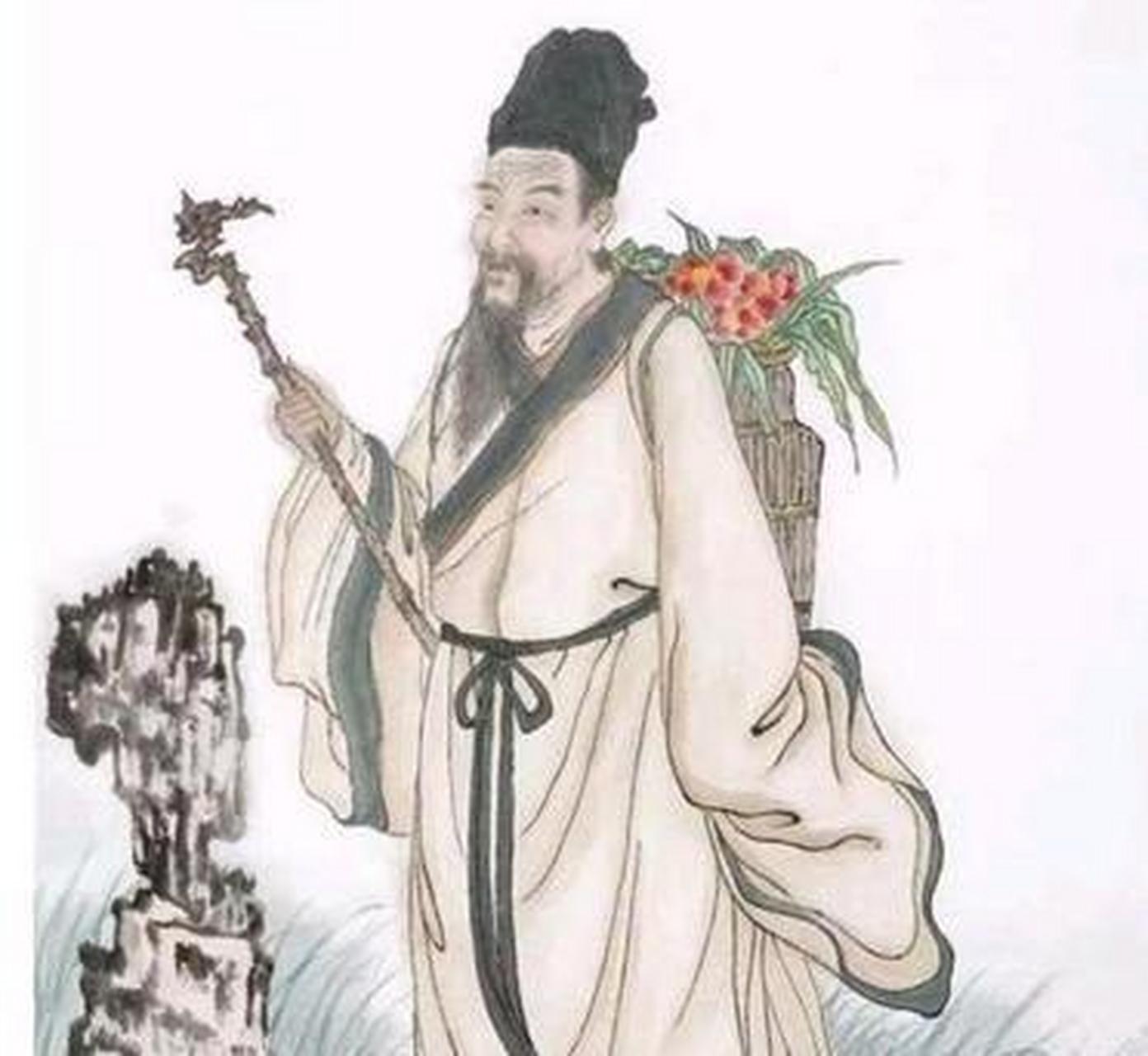
In addition, he also studied pulse science and the eight pulse of the miraculous meridians, and wrote a variety of works, such as “Examination of the Eight Pulse of the miraculous meridians” and “Nearby Lake Pulse Science”.
He was honored as the “Medicine Saint” by later generations. In 1982, Li Shizhen Cemetery (Li Shizhen Tomb) was listed by the State Council as the second batch of “national key cultural relics protection units”.
Personal Life and Major Contributions
Follow his father to learn medicine
Li Shizhen, born on May 26 (July 3, 1518) in the 13th lunar calendar of Zhengde 正德, Emperor Wuzong of the Ming Dynasty 明武宗, was at Waxie Dam 瓦屑坝, Dongchang Street 东长街, Qizhou Town 蕲州镇, Qichun County 蕲春县, Hubei Province 湖北省.
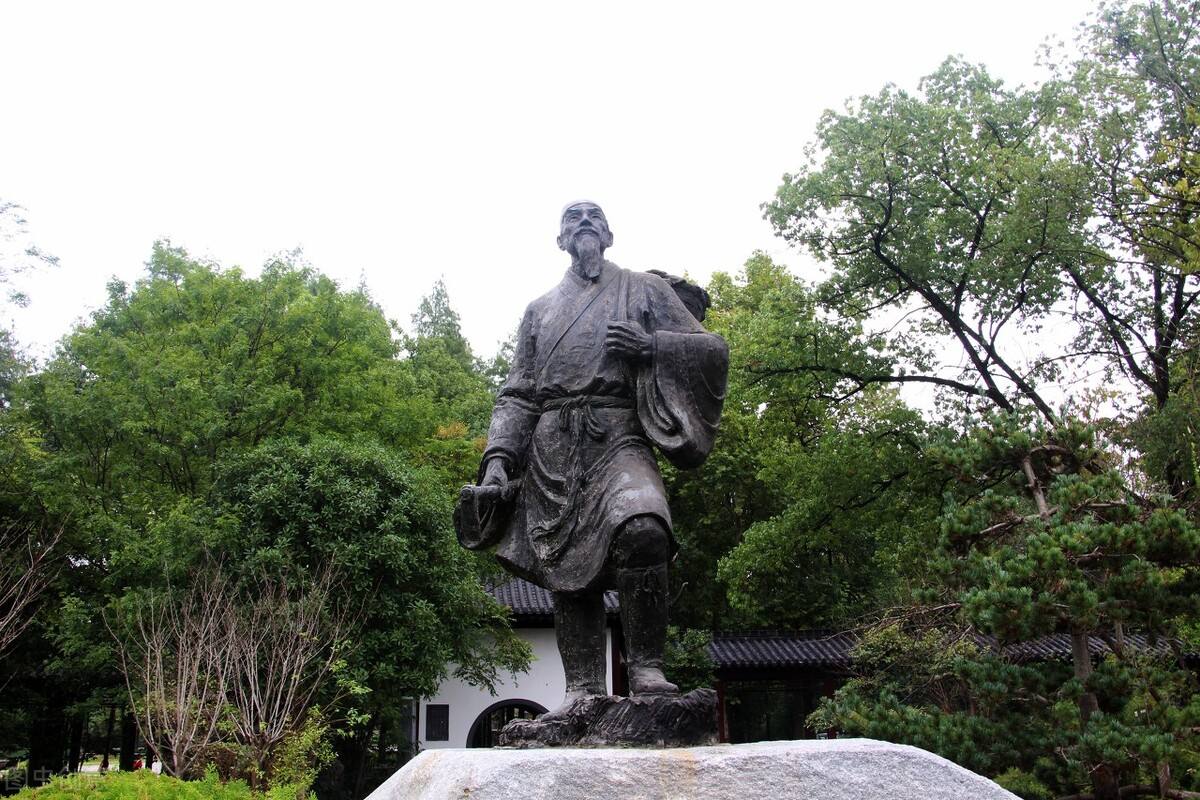
His grandfather was a herbalist, and his father, Li Yanwen 李言闻, was a famous doctor at that time. He was once an official in the Imperial College. At that time, the status of folk doctors was low and life was hard. His father did not want Li Shizhen to study medicine again. When Li Shizhen was 14 years old, he went to Huangzhou Prefecture 黄州府 with his father to take an exam but failed.
Li Shizhen was born into a family of doctors. He loved medicine from childhood and was not keen on imperial examinations. He went to Wuchang 武昌 three times to take an exam but failed. Therefore, he decided to abandon Confucian and study medicine. At the age of 23, he studied medicine with his father, and his medical name became increasingly popular.
Devote himself to writing
In the process of practicing medicine and reading classical medical books for decades, Li Shizhen found many mistakes in ancient herbal books and decided to compile a new one. In the thirty-first year of Jiajing (1552) of the Emperor Shizong of the Ming Dynasty 明世宗, Li Shizhen began to compile the Compendium of Materia Medica, which was based on the Syndromes of Materia Medica 《证类本草》 and referred to more than 800 books. During this period, since the forty-fourth year of Jiajing (1565), Li Shizhen left home many times to investigate, covering many famous mountains and rivers in Huguang, Jiangxi, and Zhili, and clarifying many difficult problems.
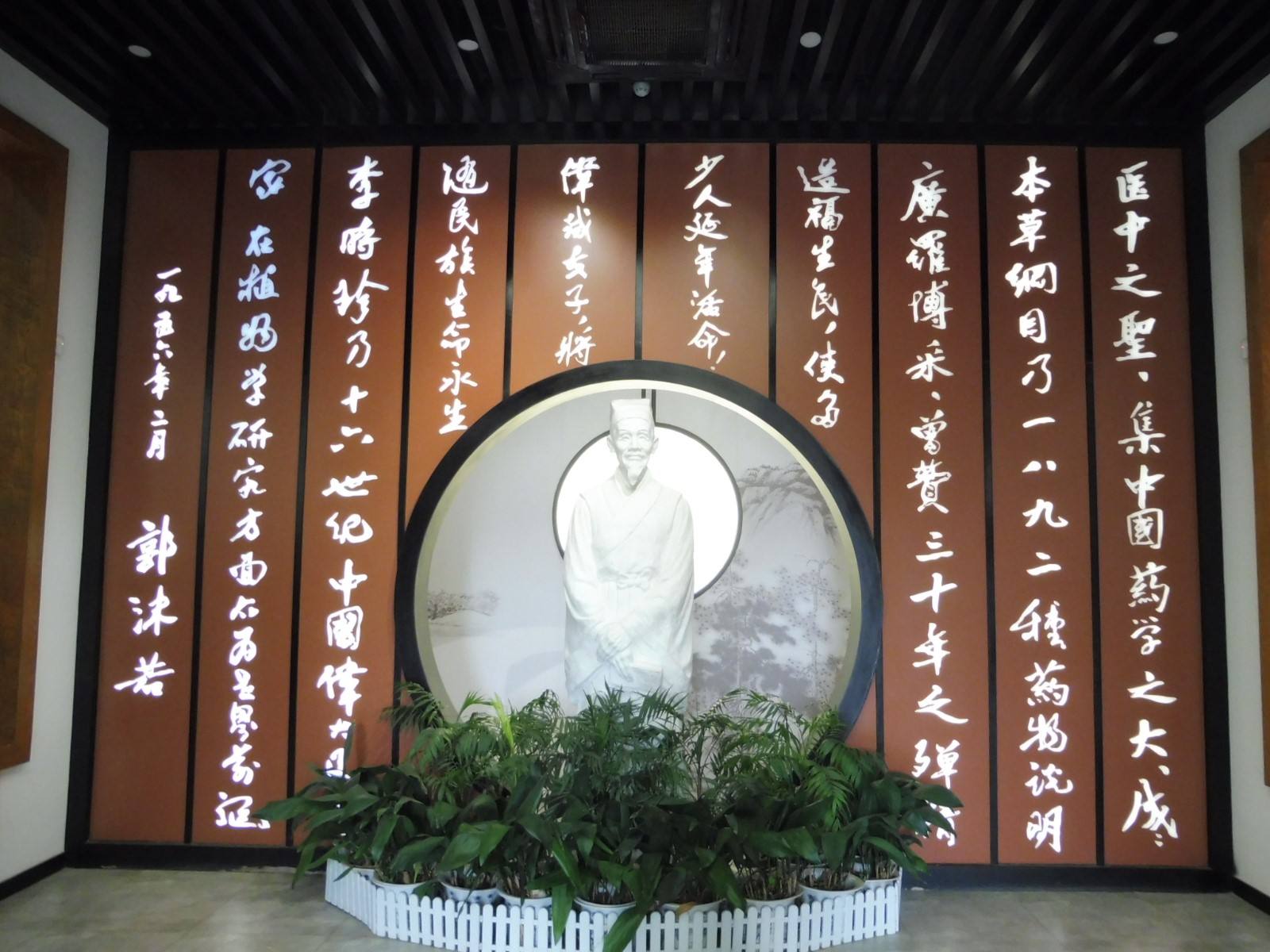
After 27 years of long-term efforts, he completed the first draft of the Compendium of Materia Medica in the sixth year of Wanli 万历 (1578) of Emperor Shenzong of the Ming Dynasty 明神宗, when he was 61 years old. After that, it was revised three times in 10 years, totaling 40 years. He died in the 21st year of Wanli (1593 AD). In the 25th year of Wanli (1596), the third year after Li Shizhen’s death, the Compendium of Materia Medica was officially published in Jinling 金陵 (now Nanjing).
Compendium of materia medica
The compendium of Materia Medica has 16 volumes and 52 volumes, about 1.9 million words. The book includes 1518 kinds of medicines collected from various herbal medicines, 374 kinds of medicines, or 1892 kinds, including 1195 kinds of plants, are added on the basis of predecessors; A total of 11096 ancient pharmacists and folk prescriptions were collected; More than 1100 drug morphology maps are attached at the front of the book.
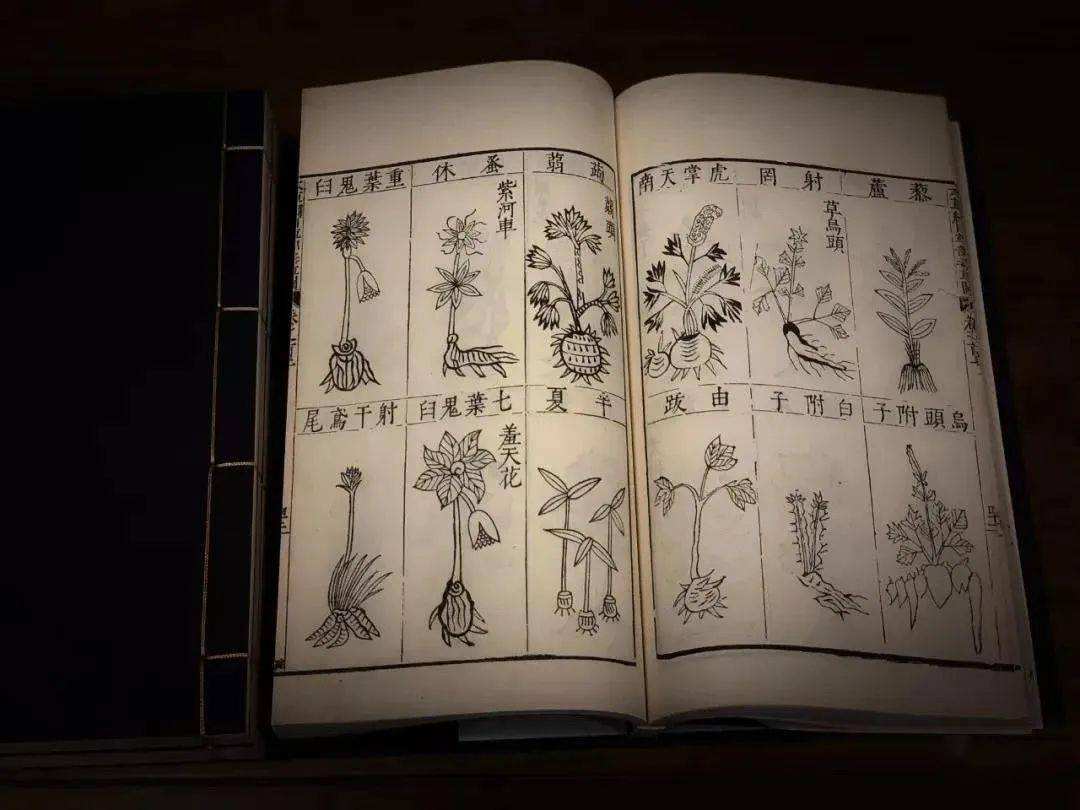
This great work has absorbed the essence of the herbal works of past dynasties, corrected the previous mistakes as much as possible, supplemented the shortcomings, and made many important discoveries and breakthroughs. It is the most systematic, complete, and scientific medical work in China up to the 16th century.